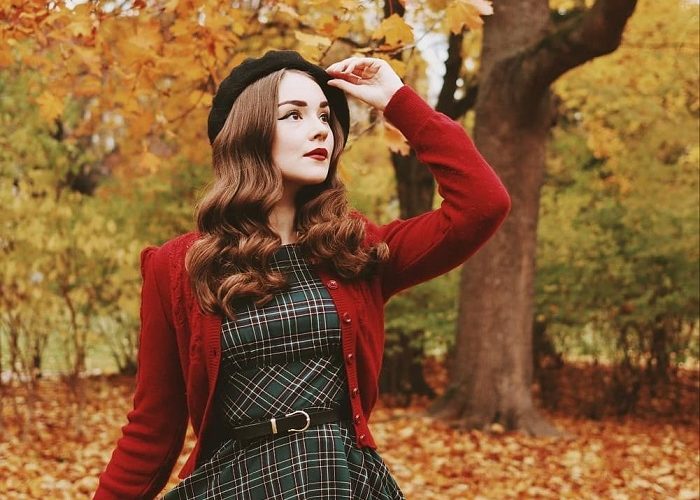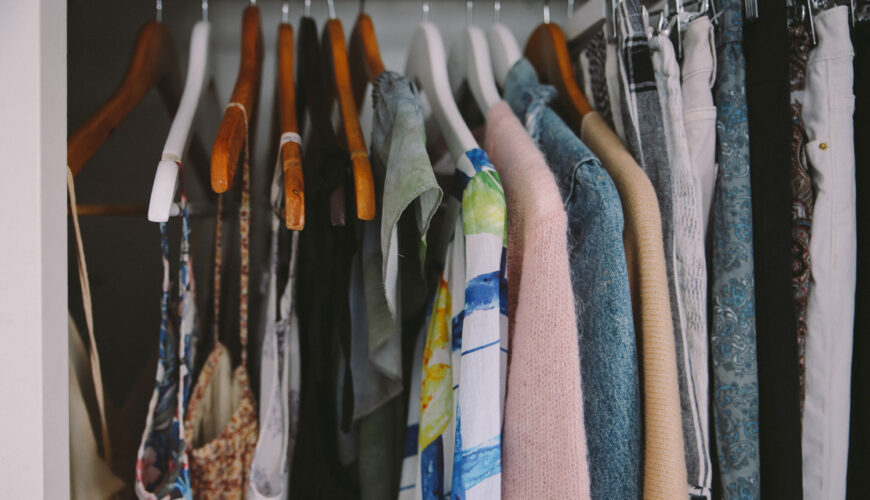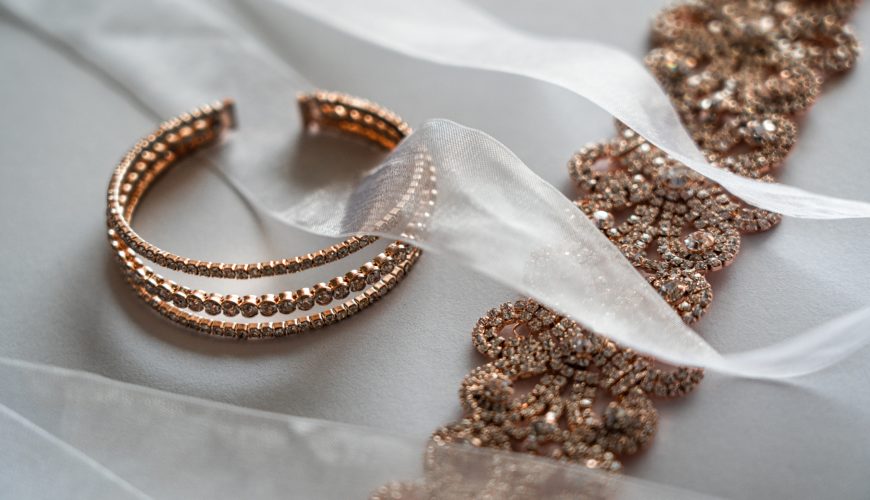Whether you are perusing the latest fashions fresh off the runway or pumping through the high street for the latest trends, or even searching your local charity shops for some vintage style women’s clothing, there’s only one thing that matters, and that’s the fit.
Too tight, too long, too short, and too big are the common concerns we have when trying to find the right fit for clothes, and depending on the style and construction of a garment, this is all subject to change.
Men, however, are the lucky ones (no surprises there), as for the last 50 years, sizing has been pretty consistent. Let’s face it; you can’t go wrong with a 34″ Regular bottom and an XL Shirt.
For women, however, it’s a little more complicated. So, in the article below, we discuss vintage clothing sizes and how it compares to modern times
Sizing up
For most women, clothing sizes 6 to 16 are the general given measurements that categorise our size; however, even in modern times, a size 12 in one store doesn’t necessarily equate to a size 12 in another.
However, the general rule of thumb for vintage clothing is that vintage sizes are at least four sizes smaller than modern sizes. The further back you go, the smaller the clothes get, and you may have to adjust up another size or two.
The literal inflation in women sizing is known as vanity sizing. As the general size of the western world has increased over the years, so has the clothes, which means that each clothing size is 2 inches bigger than it was 20 years ago.
Vanity sizing also explains why you find yourself a different size; as mentioned earlier, not all manufacturers use this sizing model.
How Can I Know What Will Fit?
We don’t see men having this sizing issue with their clothes due to their unit of measurement, as their size guides the majority of the time is in inches.
When buying women’s style vintage clothing, your best bet is to disregard the size number on a vintage label and instead work off measurements. Not only will this give you an accurate fit but in the cases of online purchasing will ensure it fits since you cannot try it on in person.
How Do I Accurately Measure Myself?
Well, to ensure that you measure yourself correctly, we firstly recommend getting a helping hand, as it might prove tricky to measure and stay still.
It is also recommended that you ensure that the tape is kept straight and snug but not too tight as you measure. You should stand tall and relaxed and not suck in, especially for the bust and waist measures.

Bust: With your bra on, measure around your body at the fullest part of your bust.
Under-bust measure: Measure around your body just under your bust.
Waist: Measure around the smallest part of your waist, just above your belly button.
Hips: With heels together, measure around the fullest part of your hips, about 8″ (20.3 cm) down from your waist.
Shoulder width: Imagine lines going straight up from your armpits to your shoulders in the back. Measure from this point on one shoulder to the other, across the back.
Outer sleeve length: Measure from the tip of your shoulder to your wrist along the outside of your arm.
Upper arm: Measure around the fullest part of your upper arm.
Neck: Wrap the tape around your neck about 1″ (2.5 cm) above the point where your shoulder meets your neck.
Back waist length: Measure from the base of your neck to your waist in the back.
Inseam: While standing straight, measure from the groin to the place where you would like the hem of the pants to fall (ankle or floor).
Outer leg length: Measure from the waist to the point where the hem of the pants will fall.
Rise (front and back): Measure from the groin to your waist at centre front for the front rise and centre back for the back rise.
By knowing these measurements, you can then accurately find any style of vintage clothe and ensure that it will be a perfect fit.
What Happens If It Doesn’t Fit?
Say you find that perfect vintage dress, and it just won’t fit, don’t be afraid to consult a sewist for potential alterations; you’ll be surprised at the magic they can do with a needle and thread.
Ultimately when buying vintage clothes, don’t be hellbent on making sure you fit a size 12; not only is it not comparable to today’s sizes, it really doesn’t matter. By knowing your measurements per inch, you can ensure that you find the right fit, no matter your size.
Remember that when shopping for women’s vintage style clothing, there are many styles and eras to choose from, to compliment an array of shapes and sizes. So don’t be afraid to experiment with your wardrobe and explore some retro fashion.




